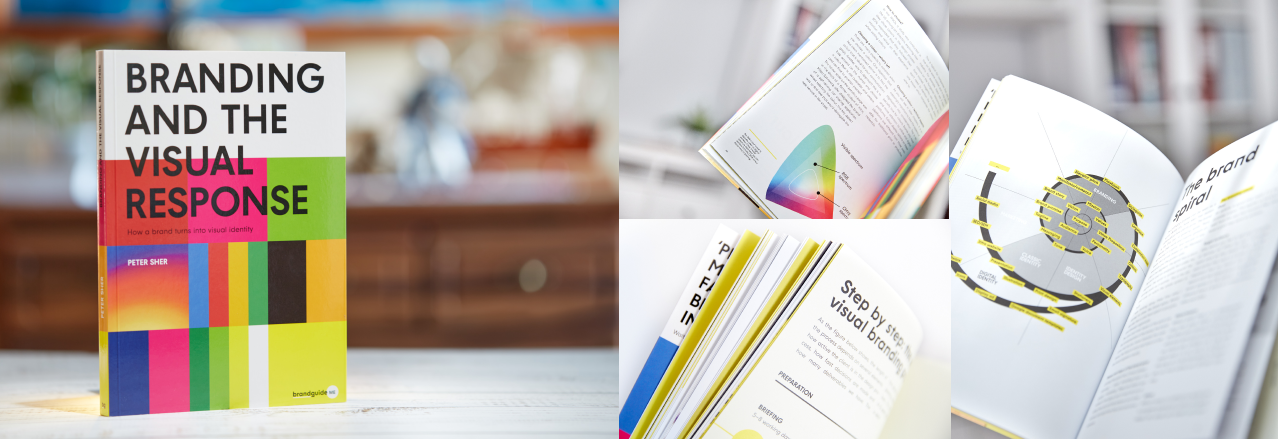The smiley 🙃
The smiley has become a convention symbol of cheerfulness, humour and happiness, a motif that can be understood by everyone, regardless of language or culture, and has been used for decades - and, as we will see later in this article, millennia.

The smiley has become a convention symbol of cheerfulness, humour and happiness, a motif that can be understood by everyone, regardless of language or culture, and has been used for decades - and, as we will see later in this article, millennia.
While logos are used specifically by brands, smileys and other emojis are special because they are a visual-digital expression of the everyday person.
Find out who first drew the smiley, when they drew it, what it meant then and what it means in 2023.
The history of the smiley
In 2017, Nicolo Marchetti, an archaeologist, discovered a pot left over from the Hittite civilisation.
The artefact clearly shows that two dots and a curved line have been carved into the side, forming a smiley face. Archaeologists date the find to 1700 BC, which means that the first depiction of a smiley is almost 4000 years old.
Prior to this discovery, the first smiley was traced back to 1635, when a Slovak lawyer had the official documents he was checking approved by drawing a smiley face on them. In this case, the smiley had already been circled, so it could be described as a head.
How has the appearance of the smiley changed?
The two dots and the curved line are almost always present in smileys, but many things can and do build on this foundation. The evolution of the smiley becomes really interesting and explosive from the 1960s onwards, because from then on the process took place in the digital space.
In 1963, Harvey Ball, an American graphic designer, was faced with a challenge that would change his whole life.

The State Mutual Life Assurance Company asked Ball to create an icon for them that would inspire both colleagues and clients. It was then that Harvey designed the yellow smiley head that has forever been ingrained in us and has become one of the most representative motifs in mainstream culture. Harvey was paid $45 for his work.

How a brand turns into visual identity
Ready to elevate your design strategy? Get this must-have book in ebook or print format. Packed with practical advice, it’s your roadmap to becoming an elite designer who thinks strategically and builds unforgettable brands.
But that's not what made the smiley famous around the world. Harvey Ball made the mistake of not patenting his design, so in 1970 Murray and Bernard Spain took it over with the addition of the caption Have A Nice Day. The design was printed on badges and it is estimated that around 50 million copies were sold - by which time the yellow smiley face had become globally recognised.
A new era: emojis

When the smiley became part of chat programs, a new era began: it was in the 1980s that Scott Fahlman, a professor at Carnegie Mellon University, communicated with his colleagues via the university's online bulletin board.
But the funny, sarcastic messages were often misunderstood and it was difficult to tell whether the sender was serious or not. To do this, Fahlman used punctuation marks to create heads: born 🙂 he, also 😀 he and, unfortunately 🙁 he,
These classics are still used by many people today, unless the chat software itself switches to yellow heads.

The 1990s saw the first appearance of emojis programmed into phones in picture format: the concept is rather similar to today's "avatars", except that they are not modelled on the user. It was in Japan that manufacturers first installed these small images in phones, which could be sent instantly while chatting.
In 1993, the black-and-white smiley face with its sad companion became part of Unicode, and was thus part of the signalling system. In 2015, Unicode launched Emoji 1.0, which contained 60 emoji in total.

How a brand turns into visual identity
Ready to elevate your design strategy? Get this must-have book in ebook or print format. Packed with practical advice, it’s your roadmap to becoming an elite designer who thinks strategically and builds unforgettable brands.
Unicode is an international encoding standard for different languages and scripts, in which each letter, digit or symbol is assigned a unique numeric value, making them suitable for use in different platforms and programs.
Today, there are many colours of emoji available for the smiley and its various forms, but yellow is still the most commonly used. The reason for this is not known for sure, but it is highly likely that the Harvey Ball smiley is so ingrained in our memories that we involuntarily reach for it.
The smiley in the alternative scene
The smiley in the alter culture sometimes means something quite different: I write this without any degradation, but many people decode the smiley as a little infantile silent killer. Think of the Joker cult, or Hide the Pain Harold: a smiley doesn't necessarily mean happy. In rave and grunge culture, the classic yellow smiley face is often seen as a sort of curved mirror back to the mainstream.
